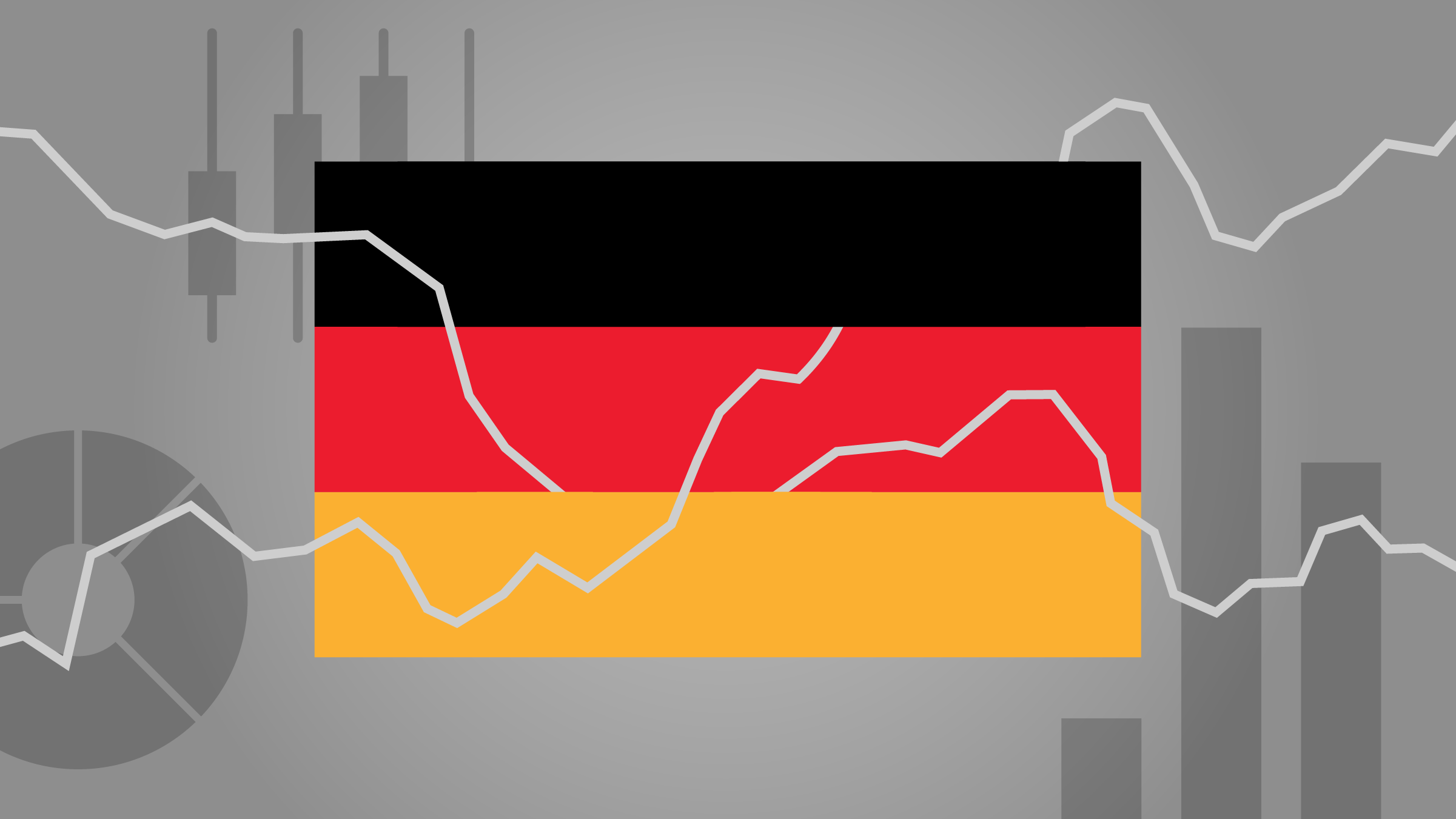Rolle im Portfolio
The SPDR Barclays Capital Emerging Markets Local Bond ETF offers investors exposure to emerging markets (EM) local currency denominated sovereign debt across a broad range of maturities, though with a longer-dated bias (e.g. duration around 6.7 years). Although in recent years, local-currency denominated EM debt has received increased investor attention due to the potent return combination of relatively high yields and currency appreciation; historically EM debt has been denominated in USD or other developed nation currencies to make the investments more palatable to global investors.
Conventional wisdom suggests that emerging markets are more likely to default than their developed neighbors, and while this assertion is coming under increasing scrutiny, the general premise still holds. Investors in EM debt are compensated for this increased risk with higher yields and greater diversification away from more mainstream fixed income investments. Specifically, at the time of this writing, this ETF boasts a 4.1% yield-to-maturity compared to 1.4% for Barclays US Aggregate Bond Index. Another commonly cited advantage to investing in EM debt is its observed low correlation to traditional fixed income investments. While this ETF does not have a long enough track record to make a direct comparison, its benchmark (JP Morgan EMBI index) has exhibited trailing 10-year correlations of 28% and 43% to the BarCap US Treasury TR and Citi G7 indices, respectively. In fact, EM debt, in general, tends to be more highly correlated with movements in the equity markets as measured by the MSCI World (~63%) and STOXX Europe 600 (~68%) indices than investment grade debt.
Investors eager to gain exposure to the EM sovereign debt market should likely treat this ETF as satellite holding given its relative riskiness and niche status. Though, investors could also consider it an alternative to existing non-investment grade debt holdings.
Fundamentale Analyse
In the past two decades, EM economies have been one of the financial market's most successful stories. Significant structural changes in how EM countries are governed have been implemented and have been designed to boost capital inflows, which has led to a shift in investors' asset allocation trends. For most investors, EM exposure has become somewhat ubiquitous, as many are seeking access to the promised uncorrelated, higher returns. Post-crisis, unlike their developed cousins, investor interest in EM sovereign debt piqued due to EM's firmer fiscal footing. This is underpinned on sizeable current account surpluses which, for example, allowed EM to implement comprehensive stimulus packages during the worst of the global downturn with little impact on public debt levels.
Today, however, the export-driven model that recently preserved the fortunes of EM economies may well be what is holding back future growth. Thus far, the success of emerging markets has been predicated on an export-driven model where they assume the role of preferred supplier to the consumer-driven developed nations. This model tends to break down when demand from developed economies wanes and EM are left holding massive amounts of unclaimed inventory. With most developed nations heavily embroiled in a debt crisis, the demand for exports from EM has fallen sharply. Furthermore, the overwhelming debt levels in developed economies, coupled with a perception of reduced risk in EM, has caused bond and CDS spreads to tighten between EM and developed nations. Finally, EM local currencies have felt upward pressure as their currency begins to appear stronger in comparison to the developed world. While the improved relative credit worthiness and strength of currency for EM can be considered a success, this success undermines the export-driven model that EM economies have so staunchly adhered to thus far. Perhaps, nothing reveals EM's political commitment to the export-driven model more than their massive accumulation of foreign reserves in an attempt to artificially keep local currencies competitive.
With the macro dynamics present today, long-term investment risks relate to EM nations' possible need to shift gears from export-fueled growth towards one driven by domestic consumer discretionary spending. Doing so could require lengthy overhauls of the existing government architecture possibly in the form of entitlement programs, like health care. While many EM may prefer to ride out the storm than undertake such drastic measures, the pressure on EM may mount to a point that they have no choice. In such a scenario, EM government debt issuance would likely rise, and in turn take some of the appeal away from an emerging market debt investment.
Since this ETF owns local currency bonds, one of the largest determinants of returns will be from foreign-currency movements. This will increase the volatility of the fund compared with a USD- or EUR-denominated fund such as the db x-trackers II EM Liquid Eurobond ETF. Emerging currencies have been steadily rising versus the dollar and the euro in the past few years, and if the trend continues, it will add to the returns of the fund.
Indexkonstruktion
This fund tracks the Barclays Capital EM Local Currency Government Diversified Index, which is composed of local currency bonds issued by emerging-markets governments. The index includes fixed-rate government bonds that have a remaining maturity of one year or more and are rated B3/B-/B- or higher. In addition, the securities in the index must have certain minimum amounts outstanding, depending upon the currency in which the bonds are denominated. At the time of this writing, the index maintains an average maturity of roughly 6.9 years and yield to maturity of 5.2%. The index has 406 holdings issued by the governments of Korea (13%), Brazil (12%), Mexico (9%), Poland (7%), Malaysia (6%), Colombia (5%), Indonesia (5%), and Turkey (5%). In terms of credit quality, the bulk of the index holdings are rated A or better (45%), followed by Baa (38%) and below Baa (17%).
Fondskonstruktion
SPDR uses physical replication to track the performance of the Barclays Capital EM Local Currency Government Diversified Index. Given the relatively large number of index constituents, SPDR employs a statistical sampling methodology to create a portfolio with generally the same risk and return characteristics of the index. At the time of this writing, the fund holds 241 securities resulting in a slightly lower duration of 6.8 years and higher yield to maturity of 5.7% versus the benchmark. This ETF was launched in May 2011 and is domiciled in the Ireland.
Gebühren
SPDR charges a total expense ratio (TER) of 0.50% for this ETF, which is in line with other funds in this category.
Alternativen
The most directly comparable ETF to this SPDR fund in terms of its underlying exposure and portfolio duration is the physically replicated iShares Barclays Capital EM Local Bond ETF, which tracks the Barclays Capital Emerging Markets Local Currency Core Government Index. The iShares ETF is the most popular ETF tracking local currency EM debt, in terms of total assets under management, and is also the most actively traded. The iShares ETF charges a TER equal to 0.50%.
Further down the liquidity and size spectrum, the Source PIMCO EM Advantage Local Bond ETF gives investors exposure to emerging market sovereign debt as dictated by PIMCO. Source utilises physical replication to track the index and charges a TER equal to 0.60%.
Investors interested in USD denominated EM sovereign debt can consider the db x-trackers II EM Liquid EuroBond Index ETF, the iShares JPMorgan $ Emerging Markets Bond ETF, or the Amundi ETF Global Emerging Bond Markit iBoxx ETF. In terms of fees, db X-trackers charges a TER equal to 0.55%, iShares charges 0.45% and Amundi 0.30%.
















